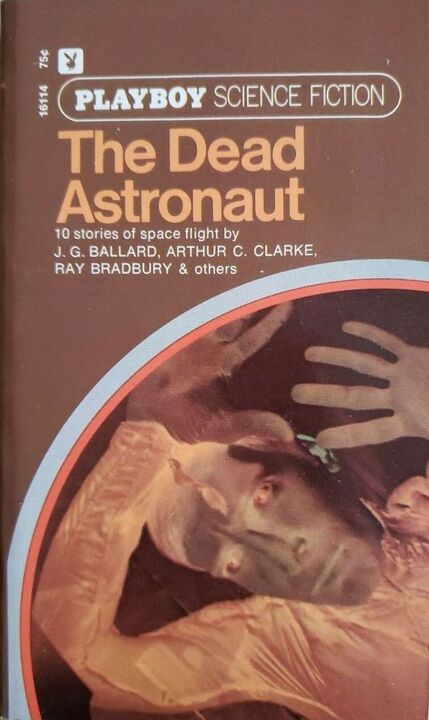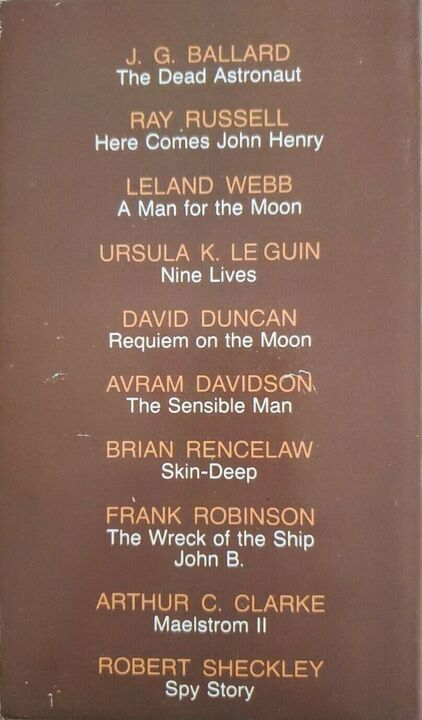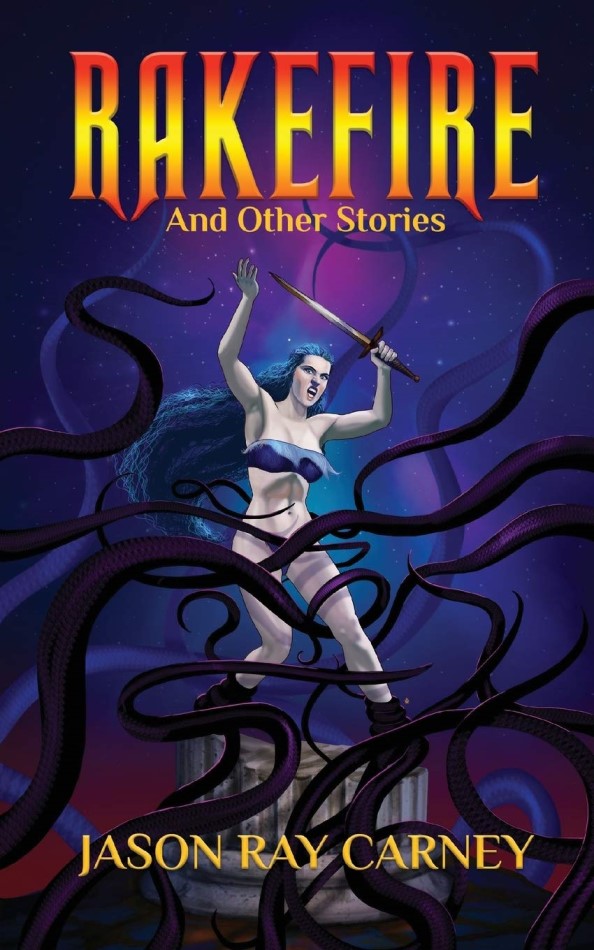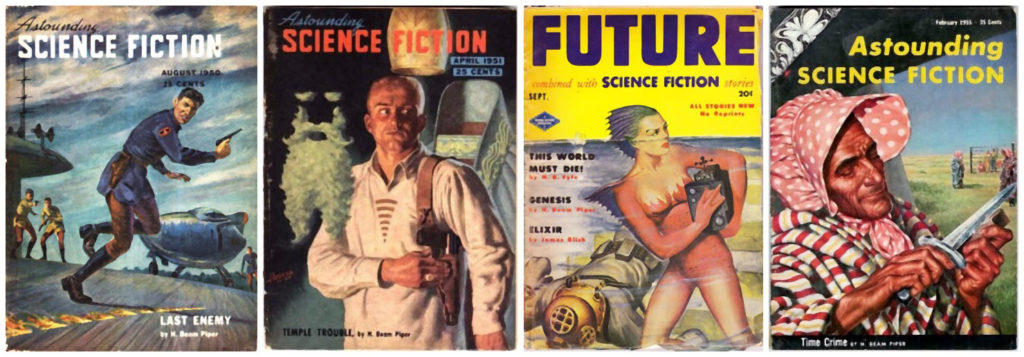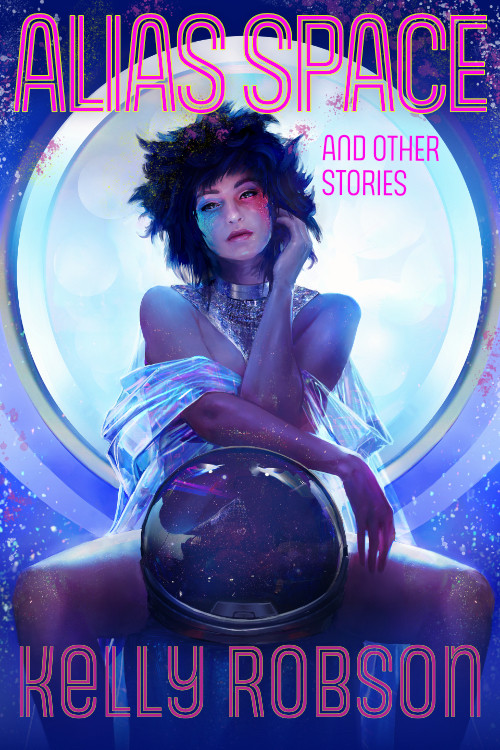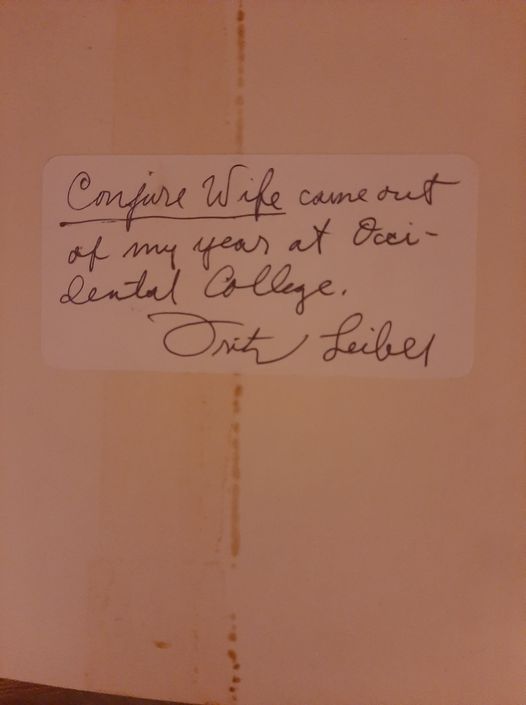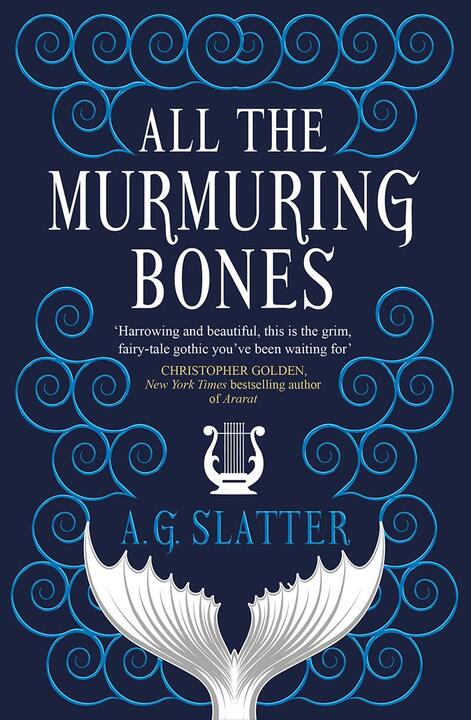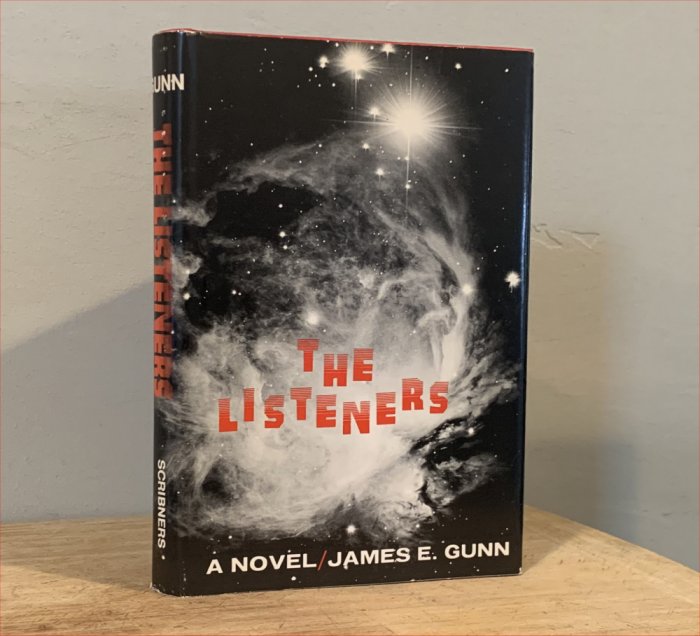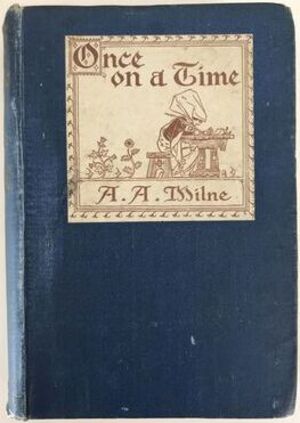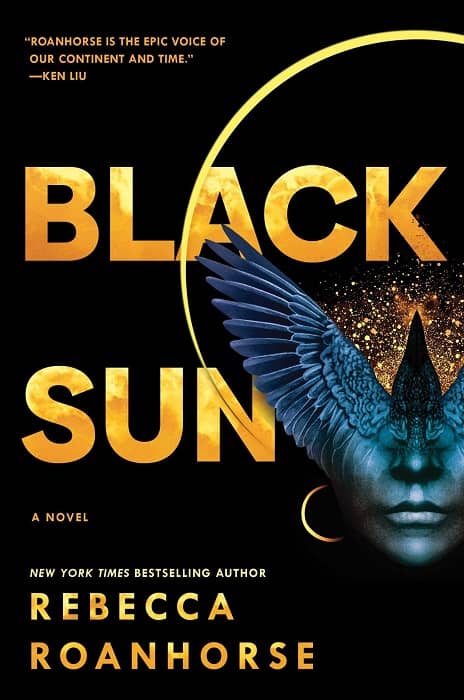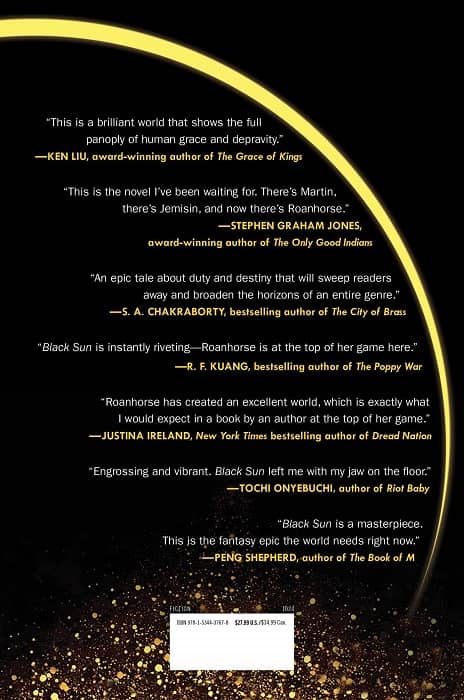A Gothic Story: The Castle of Otranto by Horace Walpole
The history of the novel in the West is long, complex, and complicated. Suffice it to say, by the middle of the 18th century the novel was a popular form of entertainment no longer confined to aristocratic readers. The romances of the Middle Ages and Renaissance had been largely supplanted by more realistic tales, but with the advent of Gothic literature, romantic fiction rose again in popularity, proceeding directly from Horace Walpole’s 1764 novel, The Castle of Otranto.
Gothic fiction is defined in the Encyclopedia Britannica as “European Romantic pseudomedieval fiction having a prevailing atmosphere of mystery and terror.” The deliberate admixture of realistic and fantastic elements in Otranto was a huge success. While Gothic fiction’s popularity has ebbed and flowed over the years, it has never receded completely. Horror fiction, as well as certain strains of romance and thriller writing, all trace their roots to this era.
Walpole was the youngest son of Sir Robert Walpole, 1st Earl of Orford, the first real prime minister of England. His time at Cambridge led to skepticism of certain aspects of Christianity, a strong dislike for superstition, and, in turn, the Catholic Church. Walpole was elected to Parliament multiple times from assorted rotten boroughs (electoral districts that had lost most of their populations but still sent an MP to the House of Commons — and which he never visited) and his father secured several adequately remunerative sinecures for him over the years. A Whig, Walpole opposed efforts he saw as supportive of making the monarchy more powerful. On the death of his nephew in 1791, at the age of 74, he became the 4th and final Earl of Orford.
…
